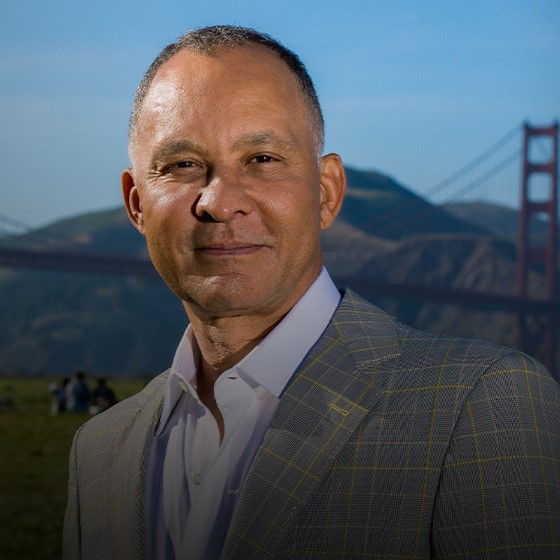If you have gynecomastia — the medical term for “man boobs” — you’re far from alone. The question is, is surgery your best option if workouts aren’t cutting it?
According to a 2014 study an estimated 30% of men experience gynecomastia in their lifetime.
“Gynecomastia is frequent during three phases in the age distribution curve: the neonatal period, pubertal period and adulthood”
The prevalence of asymptomatic gynecomastia in neonates is estimated to be between 60 and 90%. The second physiological peak of occurrence is at puberty between the ages of 10 and 16 years.”
In fact, approximately 50–60% of adolescents have been estimated to have gynecomastia. Fortunately, most cases in the above 2 groups regress spontaneously, but then it seems to return, with the last peak in incidence of gynecomastia seen in men 50–85 years of age, with a reported prevalence of up to 70%.
But even though gynecomastia is common, many men still find it embarrassing — particularly during the summer months, when you’re more likely to hit the beach or poolside BBQ.
That may be why, per a new report from the American Society of Plastic Surgeons, male breast reduction surgeries are on the rise among men. According to the report, male breast reduction surgeries have increased by 30% over the past five years, more than any other plastic surgery procedure for men.
WHY ARE MEN HAVING MORE PLASTIC SURGERY (Man Boobs)?
In general, cosmetic surgery among men is on the rise. According to the ASPS report, more than 1.3 million men went under the knife in 2017 — an overall 30% increase from the number of men who got work done in 2000.
Guys seem to be most interested in body contouring procedures: liposuction procedures have increased by 23%, and tummy tucks increased by 12%. And surprisingly, men between the ages of 20 and 29 account for 35% of male cosmetic surgeries, says Jeffrey Janis, MD, president of the American Society of Plastic Surgeons. “More men in their younger years are taking up a larger share of the total number of procedures.”
The rising rates of plastic surgery among men could have something to do with our social media-obsessed culture, which puts equal pressure on men and women to look young and fit. It could also stem from the increasing lack of stigma surrounding plastic surgery in general.
As more men talk about it amongst themselves and with their significant others, it becomes less stigmatized. When you see your colleagues, friends, and family looking better, feeling better, and talking about their results, it can open the door to you envisioning how you can benefit from the procedure.”
Many men still find it embarrassing — particularly during the summer months, when you’re more likely to hit the beach or poolside bbq.
While plastic surgery rates are increasing across the board among men, male breast reduction surgeries have had the biggest spike, increasing by 30% over the past five years.
Gynecomastia is defined as a benign proliferation of glandular tissue of the breast in males, resulting in a concentric enlargement of one or both breasts. The most common cause of gynecomastia is physiological with no specific identifiable factor. However, it can also be caused by hormone imbalance, drugs and medical illnesses such as tumours, liver disorders and others.
In many cases, losing weight or taking prescription medication can help reduce the appearance of breasts. But surgery is one of the more permanent ways to treat the condition.
That’s why many guys are opting for the procedure, says Marwan Khalifeh, a D.C.-area cosmetic surgeon. “They want to migrate toward what’s considered the ideal male figure, which does not include overdeveloped breasts,” Khalifeh told the Chicago Tribune earlier this year.
Janis says male breast reduction surgery is among the more permanent ways to treat gynecomastia, as well as the most successful: according to a 2017 study in the Annals of Plastic Surgery, which followed a group of more than 300 men who had been surgically operated on for gynecomastia, 100% of patients in the study reported no recurrence of gynecomastia and had high levels of satisfaction post-surgery.
WHAT TO DO IF YOU’RE CONSIDERING PLASTIC SURGERY (Man Boobs)
If you have gynecomastia man-boobs and you’re thinking about going under the knife for breast reduction surgery or any other type of procedure, make sure to do your research.
“The most important factor in plastic surgery – the one that determines your safety and outcome – is your choice of plastic surgeon,” says Janis. “Get a second and third opinion. Review before and after pictures. And find a plastic surgeon that listens well and communicates clearly.”
That’s why you can never be too careful in choosing your surgeon or procedure.
Plastic surgery is real surgery. It’s important to do your homework. You should also find out about the doctor’s experience in treating your condition, as well as treatment options offered that best suit your needs.
And don’t forget about the after-care treatment available to ensure a good recovery.
More than 300 men who had been surgically operated on for gynecomastia, 100% of patients in the study reported no recurrence of gynecomastia and had high levels of satisfaction post-surgery.


